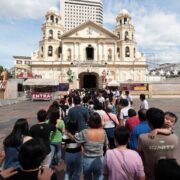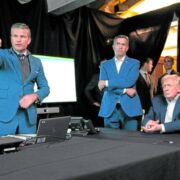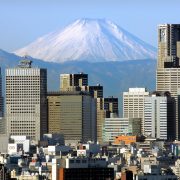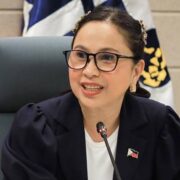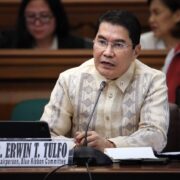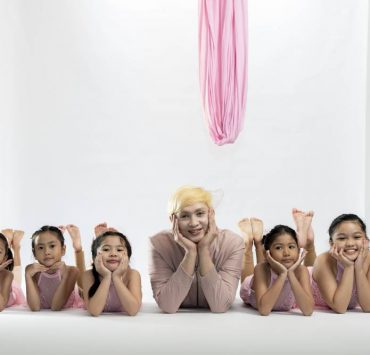Wellness boom: PH emerges as self-care powerhouse in Asia

The Philippines is experiencing a wellness boom, with the country’s wellness industry surging to $41 billion in 2022, ranking eighth in Asia and 22nd globally, according to the Global Wellness Institute (GWI). This positions the Philippines as a significant player in the burgeoning global wellness economy, which reached a staggering $5.6 trillion in 2022.
The local data is culled from the report “The Global Wellness Economy: The Philippines, November 2023.” GWI, a nonprofit organization, is considered the leading research and educational resource for the global wellness industry.
The personal care and beauty segment reigns supreme, comprising over half of the Philippine market at $23.18 billion. Filipinos are investing heavily in cosmetics, skincare, haircare and salon services, reflecting a growing emphasis on appearance and self-care.
Meanwhile, the demand for healthy eating and nutrition products and services reached $6.72 billion. This sector is dominated by processed health foods and beverages, followed by nutritional supplements and weight management programs.
Public health, prevention, and personalized medicine contributed $3.66 billion to the economy. This area encompasses medical services focused on disease prevention, early detection and tailored healthcare solutions.
While the pandemic disrupted many industries, it accelerated the growth of certain wellness sectors.
Before the pandemic, spending on traditional and complementary medicine favored products over practitioners. However, the trend shifted between 2020 and 2022, with a rise in spending on services and practitioners.
Self-improvement
The physical activity sector encompasses recreational pursuits, gym memberships, fitness classes, mindful movement practices, and related technology, equipment and apparel. While spending was broadly distributed across these areas, active recreation and athletic wear dominated consumer expenditures.
Mental wellness saw a surge in demand for self-improvement, meditation and mindfulness practices. Brain-boosting supplements and botanicals were popular choices for mental wellness, followed by creating calming environments and prioritizing sleep.
Destination spas, particularly those within hotels and resorts, thrived, with 1,125 accredited establishments contributing to the industry’s revenue.
More companies are investing in workplace wellness programs, offering employees a range of services, activities and resources to improve their overall health and well-being. These initiatives aim to educate employees about health risks, provide support and incentivize healthy behaviors.
Wellness real estate encompasses properties, both residential and commercial, built with features to enhance quality of life. Since the pandemic, some residential developments have incorporated additional wellness amenities such as yoga studios, saunas and meditation nooks to attract buyers.
The thermal/mineral springs sector comprises businesses that leverage the therapeutic properties of water for wellness, recreation and relaxation. This includes establishments utilizing thermal, mineral or seawater.
The GWI defines wellness as an active pursuit of choices and lifestyles that lead to optimal holistic health. The wellness economy encompasses industries that enable consumers to incorporate wellness into their daily lives.
As the world continues to prioritize health and well-being, the Philippines is poised to capitalize on the growing wellness market. The country’s strong performance in personal care and beauty, coupled with its expanding offerings in other wellness sectors, positions it as a key player in this thriving industry.



